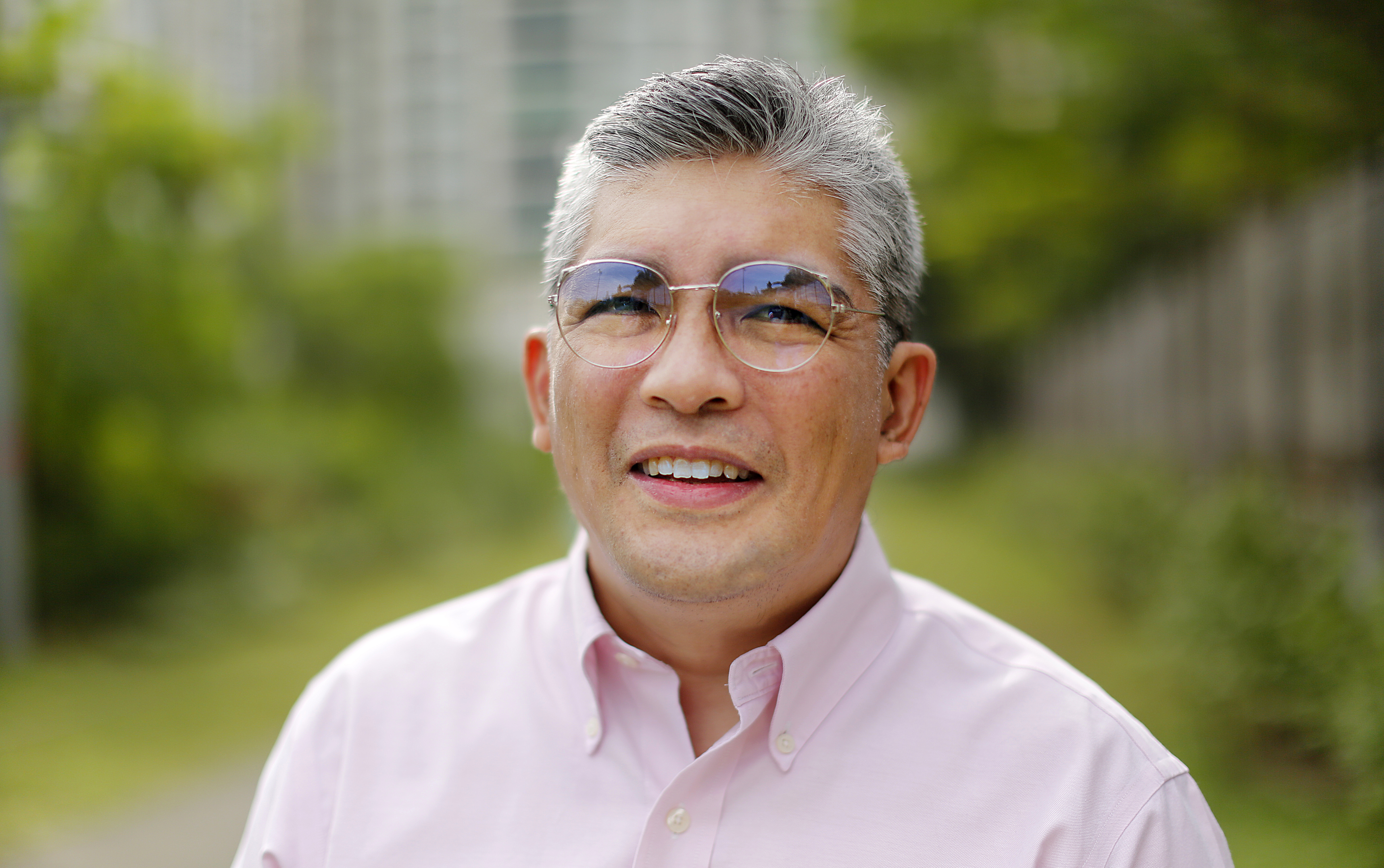OFF THE BEATEN PATH

While much of the conversation on El Niño dwells on its economic impacts and ways to mitigate them, a silent crisis is unfolding behind bars – one that directly contradicts our supposed commitment to human dignity.
We adopted the neutral term “persons deprived of liberty (PDLs)” in referring to detainees, inmates, or other persons under confinement or custody; we pledged to uphold the UN’s Nelson Mandela Rules for humane treatment of prisoners in 2023, joining 37 other countries, yet the promise of these commitments remain unfulfilled in the lived experience of our PDLs. Existing in conditions akin to forgotten inventory in sweltering warehouses, they are by the very definition, a vulnerable lot.
The Justice Sector Coordinating Council (JSCC) convened the country's inaugural national decongestion summit in December 2023, demonstrating acknowledgment of the growing need to address Philippine jail overcrowding. Present in the high-level consultation were representatives from the three branches of the government and advocates from the private sector and academia that have long been pushing for policy reforms.
We, referred to as “taga-laya” by these PDLs, need to appreciate that the problems plaguing Philippine jails are cross-cutting. There is no easy fix and if we are to have any hope of correctly assessing the situation, we would be well advised to start by identifying the root causes.
Dr. Raymund Narag, a respected scholar with extensive research in corrections (prison governance and effective jail and prison management), courts (prolonged pre-trial detention), and comparative criminal justice, offers valuable insights into reforming the Philippine jail system. Needless to say, the public discourse will benefit by giving more attention to his work.
While studies on prison societies and inmate cultures are often heavily influenced by foreign sociologists, our understanding of Philippine prison life primarily comes from state reports, magazine features, and documentaries that feature the stories of inmates and those of their families. What makes Dr. Narag’s work groundbreaking is that it combines academic rigor with the unique perspective of someone who has experienced the Philippine jail system firsthand.
His work sheds light on the Pangkat System, a social structure established by inmates to address essential needs unmet by the formal system. Notably, his 2005 book, “Freedom and Death Inside the Quezon City Jail,” published by the Supreme Court just three years after he had, himself, been released from incarceration, delves deeper into this critical coping mechanism. “Pangkats” or groups offer conflict resolution, order maintenance, and even discipline within the inmate population. This inmate-led co-management system presents a unique opportunity to explore potential avenues for even broader reform and rehabilitation initiatives within the Philippine jail system. However, it is crucial to acknowledge that the same mechanism has also been exploited for corruption.
Fulfilling the basic needs of PDLs is not only essential for their well-being but also serves as the foundation for successful rehabilitation programs. When these basic needs are not met, it creates fertile ground for corruption, abuse of power, and discrimination within the jail community. Furthermore, it undermines the ability of management to maintain order and control.
Dr. Narag highlights a critical gap in the system: the lack of integrated programs and proper classification within jails. These shortcomings create a breeding ground for continued criminal behavior among PDLs. By implementing effective risk assessments and tailored programming, he argues we can significantly reduce the inclinations of PDLs to commit more crimes as driven by factors that are present in their current environment – what Dr. Narag calls their “criminogenic tendencies.”
Among the shortcoming identified are the lack of integrated programming activities for inmates coupled by the absence of effective classification and housing. The recommendations in the form of risk assessment tools have been pilot tested since 2019 in Manila City Jail and other facilities and are showing promise with the objective of more effective shared governance between PDLs and jail officers.
To the problem of overcrowding being a major challenge in the Philippine jail system, he proposes regionalization, allowing for the creation of smaller, more manageable centers. The fact that he was met by Sec. Jesus Crispin Remulla of the Department of Justice signals a promising step towards implementation. His much-needed voice on policy reforms is gaining ground as we commend the initiatives of all institutions comprising the JSCC.
In conclusion, the shadow of punitive theory persists even as we reach for the ideals of restorative justice. True justice lies in practices that prioritize rehabilitation and healing. Let us remember, the society formed behind bars is a reflection of the society we have built outside those bars, as “taga-laya.” By ensuring the well-being of incarcerated individuals through humane conditions and opportunities for reform, we ultimately liberate ourselves too.